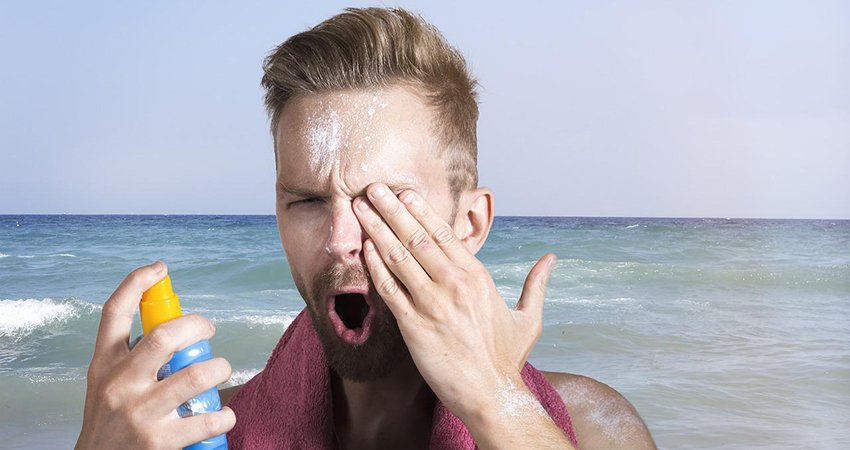Three sunscreen agents feature in 2022 surface water watch list

-
 Fergal MacErlean
Fergal MacErlean
Share article:
The fourth surface water watch list has just been published and is implemented under the EU´s Water Framework Directive. The watch list is an important union-wide compilation of information on emerging pollutants and substances that may pose a serious risk to aquatic environments. The list is for those substances which can´t be accurately monitored – in particular emerging pollutants – due to the lack of data, hence it is referred to as a ‘watch list’. Among the newly added substances are three sunscreen agents.
The update, which was published in July, contains six substances or groups of substances already in the list since 2020 (the sulfonamide antibiotic sulfamethoxazole and the diaminopyrimidine antibiotic trimethoprim, the antidepressant venlafaxine and its metabolite O-desmethylvenlafaxine.
Pharmaceuticals and pesticides
It also includes the group of three azole pharmaceuticals (clotrimazole, fluconazole and miconazole) and seven azole pesticides (imazalil, ipconazole, metconazole, penconazole, prochloraz, tebuconazole, tetraconazole). And the fungicides famoxadone and dimoxystrobin.
Sunscreen agents
Newly added to the list this year are seven additional substances or groups. These are the fungicide azoxystrobin (which joins dimoxystrobin to form a group), the herbicide diflufenican, the insecticide and veterinary pharmaceutical fipronil, the antibiotics clindamycin and ofloxacin, the human pharmaceutical metformin (used to treat Type 2 diabetes) and its metabolite guanylurea, and a group of three sunscreen agents (butyl methoxydibenzoylmethane, also known as avobenzone; octocrylene; and benzophenone-3, also known as oxybenzone).
Inclusion of antibiotics
The addition of the pharmaceuticals is consistent with the EU Strategic Approach to Pharmaceuticals in the Environment, and the inclusion of the two antibiotics is also consistent with the European One Health Action Plan against Antimicrobial Resistance, which supports the use of the watch list to improve knowledge of the occurrence and spread of antimicrobials in the environment.
Fourth update of the list
The watch list was established in 2015; it was previously updated in 2018 and 2020. A maximum total of thirteen substances or groups of substances are listed in the fourth water list, one more than the maximum allowed in 2020.
Some substances are removed
Member States have to monitor the substances on the list at least once a year for up to four years. As the period of continuous monitoring for any listed substance should not exceed four years the Joint Research Centre report recommended that for the latest watch list three substances added in 2018 – the insecticide metaflumizone and the antibiotics amoxicillin and ciprofloxacin, should be removed.
Microplastics
Future surface water watch lists are expected to include microplastics due to a growing need to assess the potential dangers of these now ubiquitous particles in aquatic environments. The EU´s Drinking Water Directive aims to include microplastics on its watch list of emerging compounds by early 2024.
Plastics in drinking water
According to research conducted in 2017 by OrbMedia, of 159 drinking water samples collected from 14 countries, 83% were found to contain plastic particles. The US scored the highest contamination rate at 94%, while European nations had the lowest; Germany, and France had a rate of 72%.
















